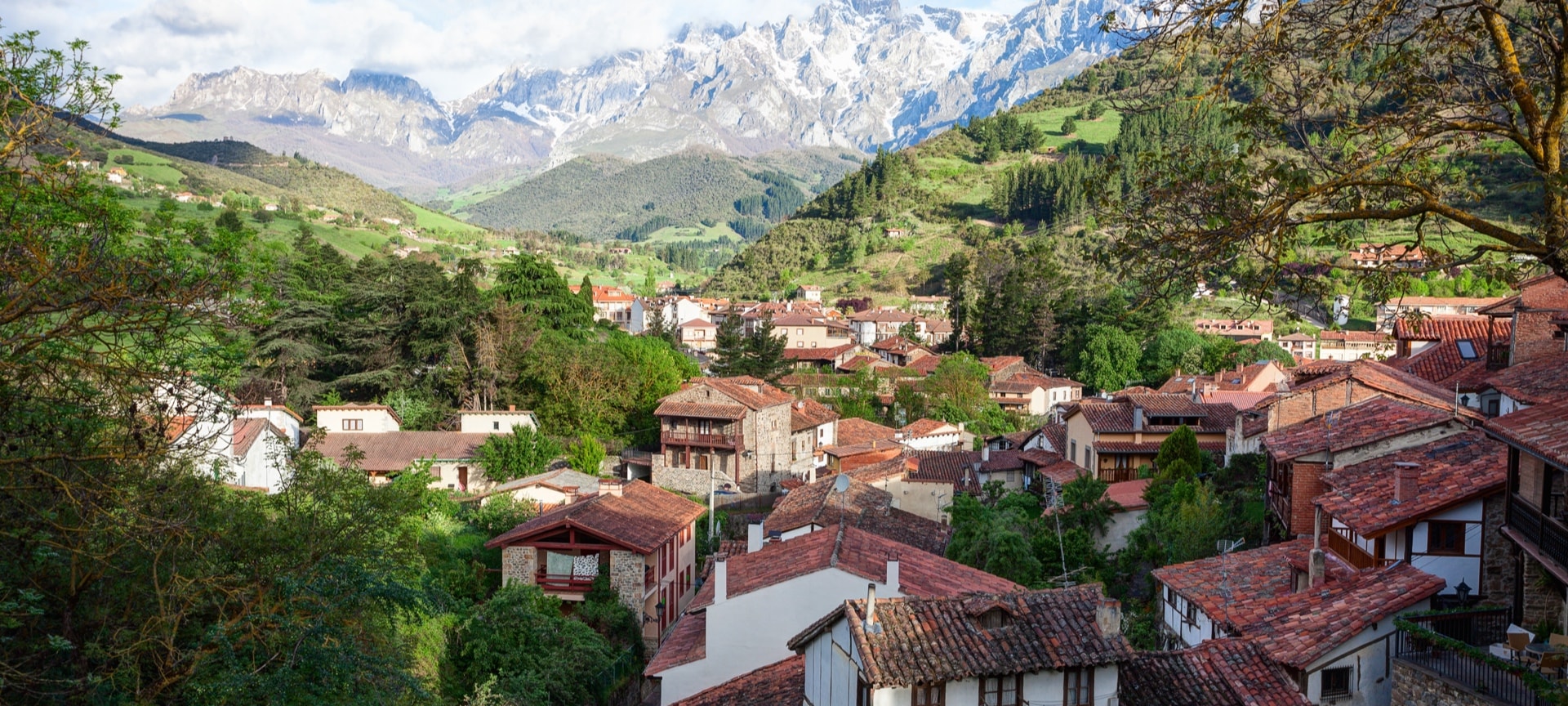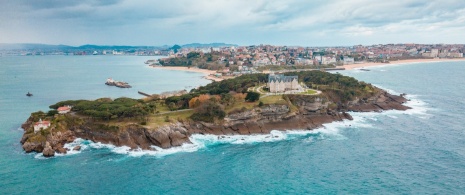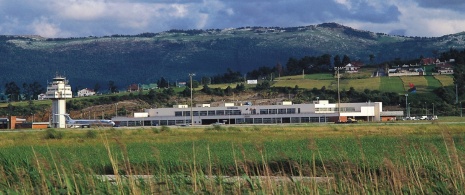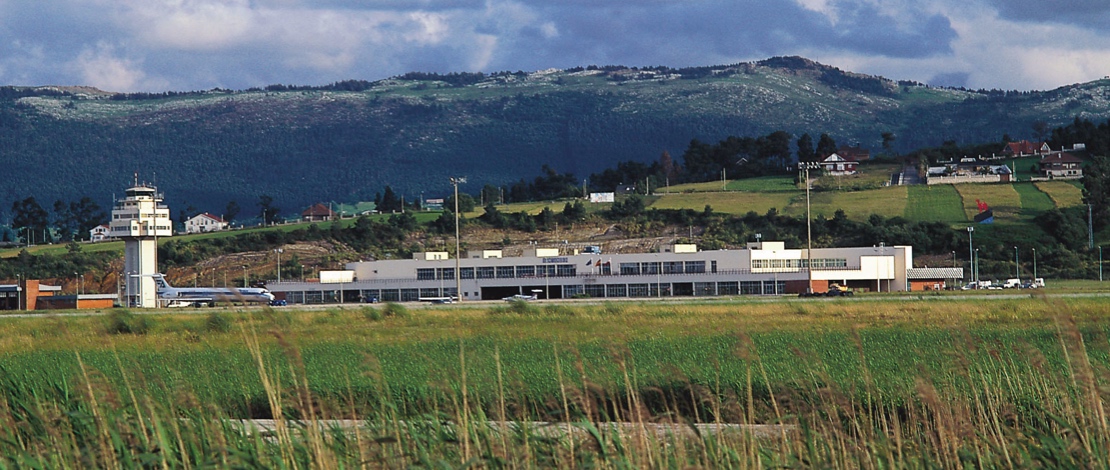
Cantabria
A journey full of nature
A trip to Cantabria, Green Spain, awaits you with a journey full of nature, good gastronomy and unique artistic displays.
This northern area has prehistoric caves such as Altamira, the most famous of them all, declared a UNESCO World Heritage Site and known as the "Sistine Chapel of Cave Art". Cantabria also forms part of the famous Camino de Santiago (Pilgrims' Route to Santiago de Compostela).
-
MUST-SEE

Santander
Sea and mountain converge in the bay of the capital of Cantabria. Marvel at the contrast between the stately buildings in the city centre, around the Pereda Gardens, and the modern Centro Botín. Climb up to the rooftop of this space dedicated to avant-garde art and culture and get an unforgettable panoramic view. To see the city from another perspective, take one of the tours that go as far as the Cabo Mayor lighthouse. If you prefer to walk, continue along the quayside to the beautiful Paseo Reina Victoria promenade. You will reach Playa del Sardinero, one of the city's most famous beaches.
If you're travelling with the family, children will love to see the seals and penguins on the idyllic Magdalena peninsula. Another good place to go with children is the Cantabrian Maritime Museum.
El Capricho de Gaudí
A 19th century work by Antonio Gaudí, where the artist combines music and architecture in his design. Visitors will see that it mixes arabesque elements (tiles, exposed brick...) with neo-Gothic and arborescent forms. A cylindrical tower stands out, decorated with ceramics depicting sunflowers.
El Soplao Cave
Located in the western part of Cantabria, in the Saja-Nansa region. It is an underground treasure between the sea and the mountains, which was discovered at the beginning of the 20th century and stretches along 20 kilometres of natural underground galleries.
Pasiegos Valleys
Scenery of an indescribable intense green around the basins of the rivers Pas, Miera and Pisueña. An exuberant nature that preserves the essence of traditional rural life. The spas of Puente Viesgo and Liérganes are perfect places for relaxation, and the area's sustainable tourism proposals, recognised by the European Commission's EDEN (European Destinations of Excellence) programme, include activities such as fishing, horse riding and hiking.
Cantabrian coast
Over 220 kilometres of coastline where you can relax on more than 90 beaches surrounded by incredible nature. Visit coastal towns such as Laredo, Castro Urdiales, San Vicente de la Barquera, Comillas or Noja.
Santillana del Mar
Home to the imposing Palacio de los Velarde and the Colegiata. Visit the old quarter and uncover the town's secrets. Don't forget to visit the replica of the Altamira Cave. This cave is located in the grounds of the Altamira Museum and its discovery aroused much controversy among archaeologists, as they did not believe that prehistoric man was capable of making such perfect paintings. They were made 14,000 years ago.
Picos de Europa National Park
Shared by the provinces of Asturias, Cantabria and León, the Picos de Europa National Park is the perfect example of the Atlantic ecosystem. Brimming with oak and beech forests, the Park takes its name from the impressive rock formations that exist here. It is also home to two of the most iconic animals living in Spain, the brown bear and the Iberian wolf. Visit the Camaleño valley, where you will find the Fuente Dé cable car. Leave the car there and get ready to take this popular funicular railway up to 1,823 metres to the Cable viewpoint and marvel at the amazing views.
Potes
Take the road to this charming village along the impressive La Hermida gorge, with rock walls up to 600 metres high. The Picos de Europa mountains loom in the background. Once in Potes, visit the Infantado Tower and the church of San Vicente. Don't leave without taking a stroll over the bridges that cross the river Quiviesa and the Plaza del Capitán Palacios square.
-
GASTRONOMY

You can't leave without trying Cantabrian anchovies or the tuna from the north, preserved seafood products with extra virgin olive oil. You should also try the crayfish from Noja, guaranteed to impress, or the rabas (fried squid). Cantabria also has three cheeses with Protected Designation of Origin: Nata cheese, Picón de Bejes-Tresviso cheese and Quesucos de Liébana. For dessert, try the sobaos and quesada pasiega.
-
HOW TO GET THERE?

You can get to Cantabria from anywhere in Spain by different means of transport such as car, train, plane or bus. The Seve Ballesteros-Santander airport has national and international connections and the port has a regular ferry line that connects by boat with the United Kingdom and Ireland throughout the year. You can also reach Santander by the A-8/E-80 motorways from Vizcaya or Asturias or the A-67 from Palencia; the N-634 national road crosses Cantabria from east to west.


